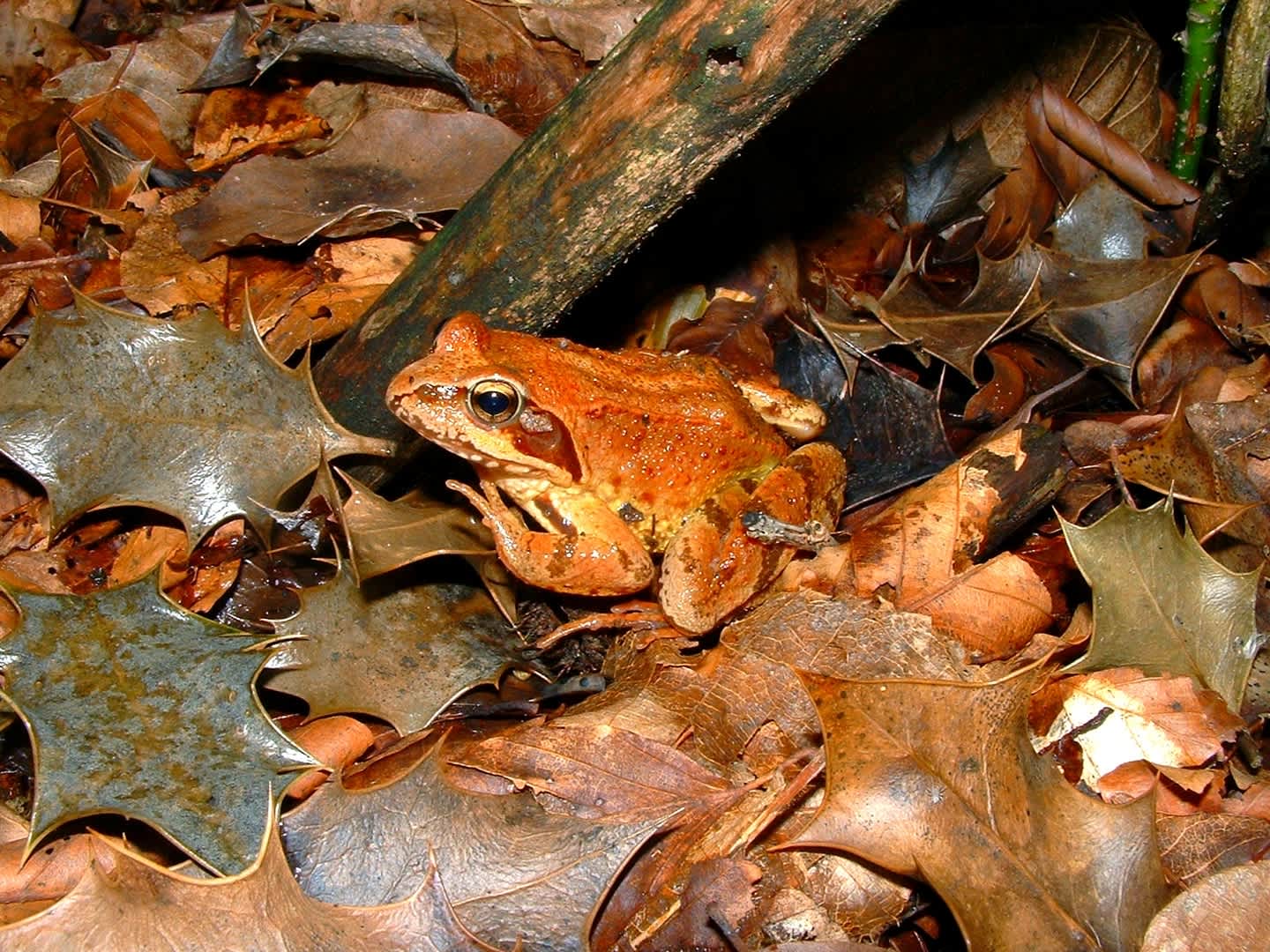The Art of Concealment – It’s Not Just About Camouflage
Pursue The Outdoors 06.21.11

Knowing how to properly conceal yourself is an indispensable skill for the hunter, survivalist and general outdoorsman.
Concealment, though it is often confused with camouflage is really much more. You cannot simply go out and buy a Ghillie Suit or some other high quality camouflage and expect to remain concealed.
Concealment is the skill or art of keeping from being seen, found, discovered or observed; camouflage is just one step in concealment.
For this article we will use the example of a deer hunt, we will discuss how to keep concealed in different types of hunts, and how to place yourself in a position to get a good shot. There are typically 3 different types of deer hunting. Stationary hunting typically from a tree stand or blind is a method often used for bow hunting. The “Scope and Stalk” method also known as the “Sniper” Method is used by bow hunters and rifle hunters alike. The “drive” or walking hunt is typically used by larger hunting parties using rifles. Since it is not typically the objective of the driving hunt to remain camouflaged or concealed, we will not discuss the “drive” in this article.
We have already touched briefly on camouflage, and will return to it again later. When practicing concealment consider all of the senses your target has available, sight, scent and hearing are the most powerful ones.
With the wind in their favor deer can smell a human well over a mile away. There are “scent blockers” that may help, but the best result will always come when you position yourself downwind of the deer. This means walking into the wind, stalking into the wind and positioning your tree-stand such that your most likely shooting opportunity will be upwind.
Exercising a little common sense with regards to wind direction has now brought you well within the one mile zone of your prey. The next two challenges are really equally important; How do you beat the deer’s sight and hearing. It may be easier than you think, everything in nature moves and makes noise, so “if you can’t beat ‘em join ‘em”. Be as quiet as you can, but don’t be afraid to make a little noise. Just make the right type of noise at the right time. Listen for a wind gust blowing up through the tree tops and move when the background noise is near its peak. Watch how a deer moves, a couple steps and a pause, a few more steps and a pause. Constant evenly paced foot steps will give you away like a marching band. Be aware of your surrounding and make your noises appear natural.
Now we will return to camouflage. When you apply what you have learned so far with the proper application of camouflage you will be a master at concealment. When choosing camouflage, consider the two challenges you are up against with a deer’s sense of sight. The first is color and pattern, choose camouflage pattern that blends well with the surroundings. The second challenge is your profile or silhouette, if your hunting terrain and vegetation allow, a Ghillie Suit is a great way to diffuse or soften your profile.
Now that we are all experts in concealment, lets make a practical application of our new skill and some other helpful hunting knowledge. Remember, nature is lazy, water flows down hill, electricity takes the path of least resistance and have you ever seen a cow trail the goes up the steepest side of a hill? No. Keep this in mind when you are hunting.
When hunting from a tree stand, the goal is to hunt deer that are completely un-aware of your presence. Deer in transition between night feeding and morning bedding or between daytime bedding and evening feeding are great targets. They are not spooked, typically a combination of walking and standing until they get to the feeding grounds. When you are in a tree-stand or in a blind you cannot move so location is critical. It is a good idea to scout out several locations that may be effective in different wind. Remember nature is lazy, much like water deer will follow low lying areas as long as possible. Position yourself at a natural bottle-neck in the terrain, where two or more coulees converge or where a stand of trees is narrowed by hills, water, agricultural development, etc. Another option is to place yourself at the edge of the cover near the feeding area. Deer will often walk to the edge of the cover and stand for minutes at a time before they are comfortable enough to break cover and feed. This can provide some exceptional opportunities.
The Sniper method is different from hunting in a tree stand in a couple ways, typical Sniper hunting is performed during the day when the deer are not moving. The objecting is to conceal yourself in a position that offers a good viewing range, “scope” or “glass” the surrounding hills especially upwind. If you have not spotted any deer, back down the hill into some low lying gully or coulee, slowly and quietly make your way to a spot you have already scoped and are confident there are no deer. This will put you in a position where you will not disturb any un-scoped hunting ground while offering you a new vantage point to glass your new surroundings. When you have spotted a deer, chances are that it is out of range, this is where the stalk comes into play. Determine where you need to be to have a good shot and plan a route to get there that will keep you out of sight. Keep in mind all of the tips discussed earlier about movement and natural sounding noise and begin the stalk.

